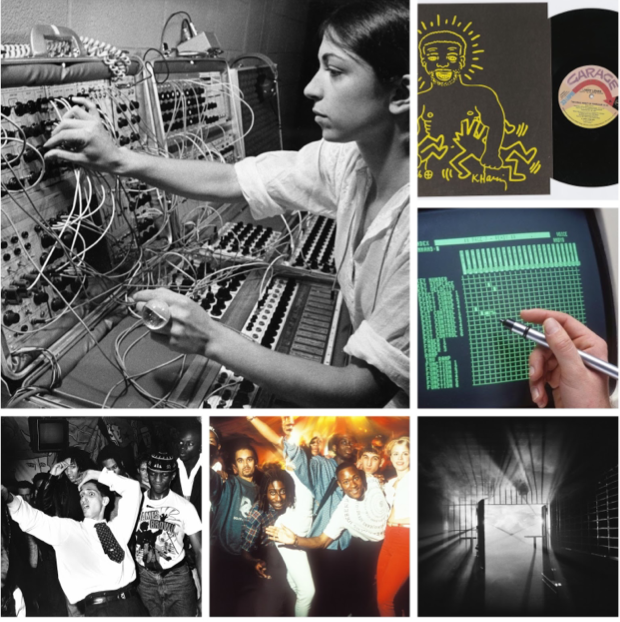Google – in collaboration with over 50 international partners across 15 countries – has launched
Music, Makers & Machines, a online exhibit showcasing the history and legacy of electronic music.
The site is designed to be a immersive resource, with more than 200 online exhibitions. It features an extensive archive of photos, videos, 360° tours and 3D scans, along with editorial features delving into scenes, sounds and iconic cities.
Music, Makers & Machines includes:
- 10,000+ photo and video assets
- 200+ curated online exhibits from more than partners from 15 countries
- 4 Street View and 360° tours
- 22 3D-scanned synthesizers
Tech highlights feature the legendary original Tresor club entrance door in 3D, the biggest online archive of 3D-scanned synthesizers from the collection of the SMEM (Swiss Museum for Electronic Music Instruments), as well as multiple 360° and Street View tours.
Music, Makers & Machines will also offer lesson plans for schools and students.
Contributors include XL Recordings (UK), Innervisions (DE), Kompakt (DE), Kitsuné (FR), WDR – West German Broadcasting (DE), Museum of Youth Culture (UK), Moogseum – Bob Moog Foundation (US), The Alan R. Pearlman Foundation (US), Clubcommission Berlin (DE), Deutsches Museum (DE), Visit Düsseldorf (DE), SMEM – Swiss Museum for Electronic Music Instruments (CH), Amsterdam Dance Event (NL), Barbican Centre (UK) and others.
The entire Music, Makers & Machines online exhibition can be accessed online or via the Google Arts & Culture app on iOS or Android.


Thanks. There are some nice things here but it is a bit weird. I clicked on the Yamaha VL-1, and was told it was created in 1968. I thought for a few seconds, “that’s not right”. And then I was greated with a message “Image Enthusiast: Congratulations, you have spent time looking at an image”. Ok, thanks?
The broken light pen on the AR Fairlight CMI and the underwhelming sound accurately recreates the secondhand Fairlight experience.
Time will tell if the site matures! I was underwhelmed.
Yeah, the interactive stuff is impressively done, but I don’t really need to see 3D models of old gear. The interactive timelines also look cool, but seem like they’re written at ‘magazine spread quality’ vs by a historian who’d make sure that they were accurate.
It does look great, though – better than any other comparable resource I’m aware of.
The best corporate electronic music resource is Red Bull Music Academy’s interviews. The company plowed a lot of money into great electronic music interviews and master classes.
I don’t think it was made for your average synthtopia reader. It was made for our friends and family.
Im underwhelmed, too. I was looking through the club thing, they had Dorian Gray but no OMEN. they had tresor but no fischlabor, frisör, UFO , WMF or something. Whoever did this obviously wasn’t around at the time and has no clue. Looks like they got their info from some old travel guide or something, lol.
If “being around at the time” was a requirement to research and document the past, historians would have a serious problem.
If all your research comes from a single old international travel guide your research isnt worth a penny.
Google thinking they can just be chiming in super late to the party because electronica involves computers so hey don’t we own that? BOOM, biggest micro-site ever
Seems clumsily timed and cynical to me, given what’s been going on with Facebook in Australia. Looks nice but echoes like a Netflix original – The algo says ‘fund it’, but I’m not sure who would care that doesn’t know all this already.
Weird. There was a page highlighting Richard Devine but now he’s been completely scrubbed from the site.